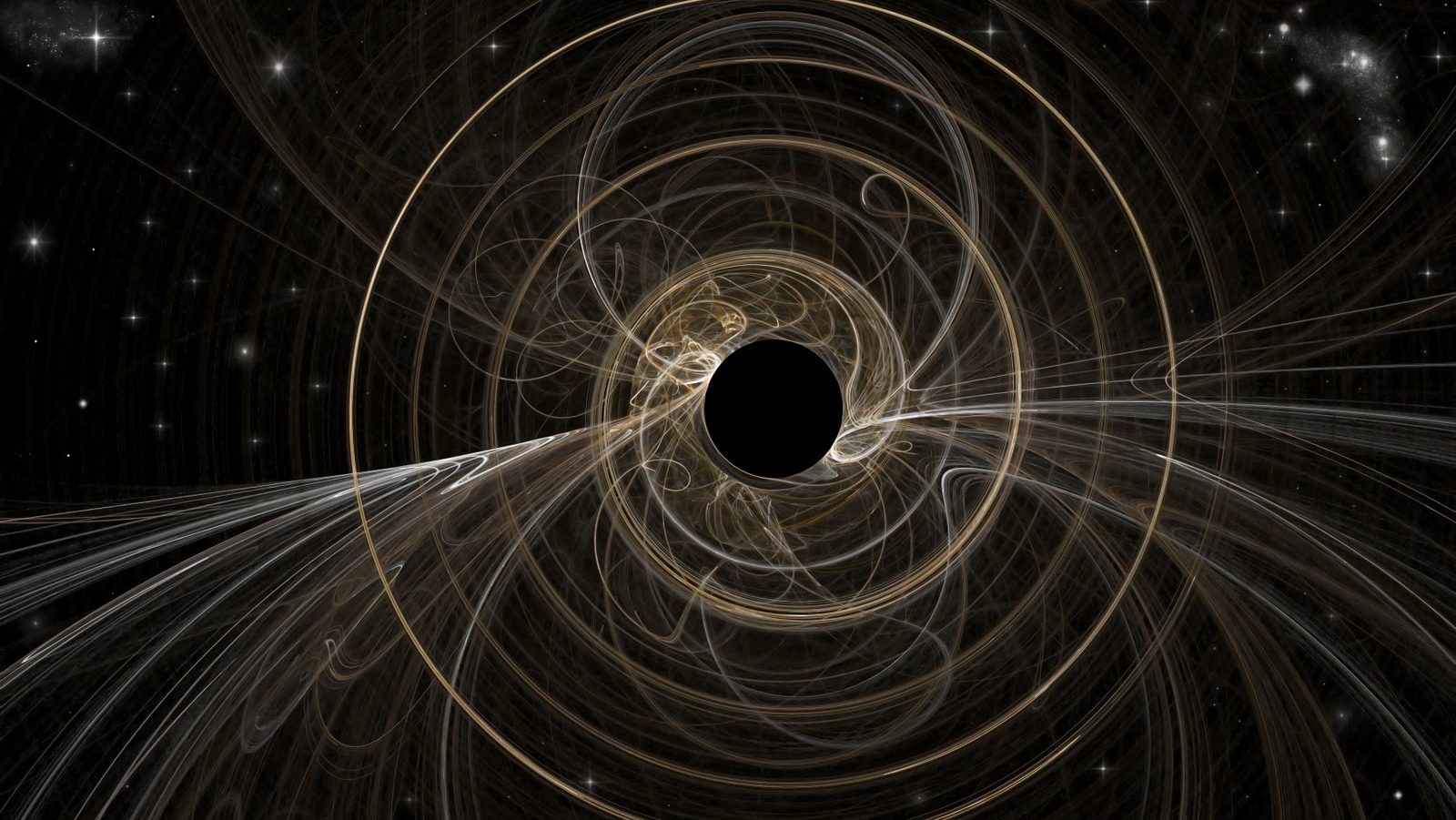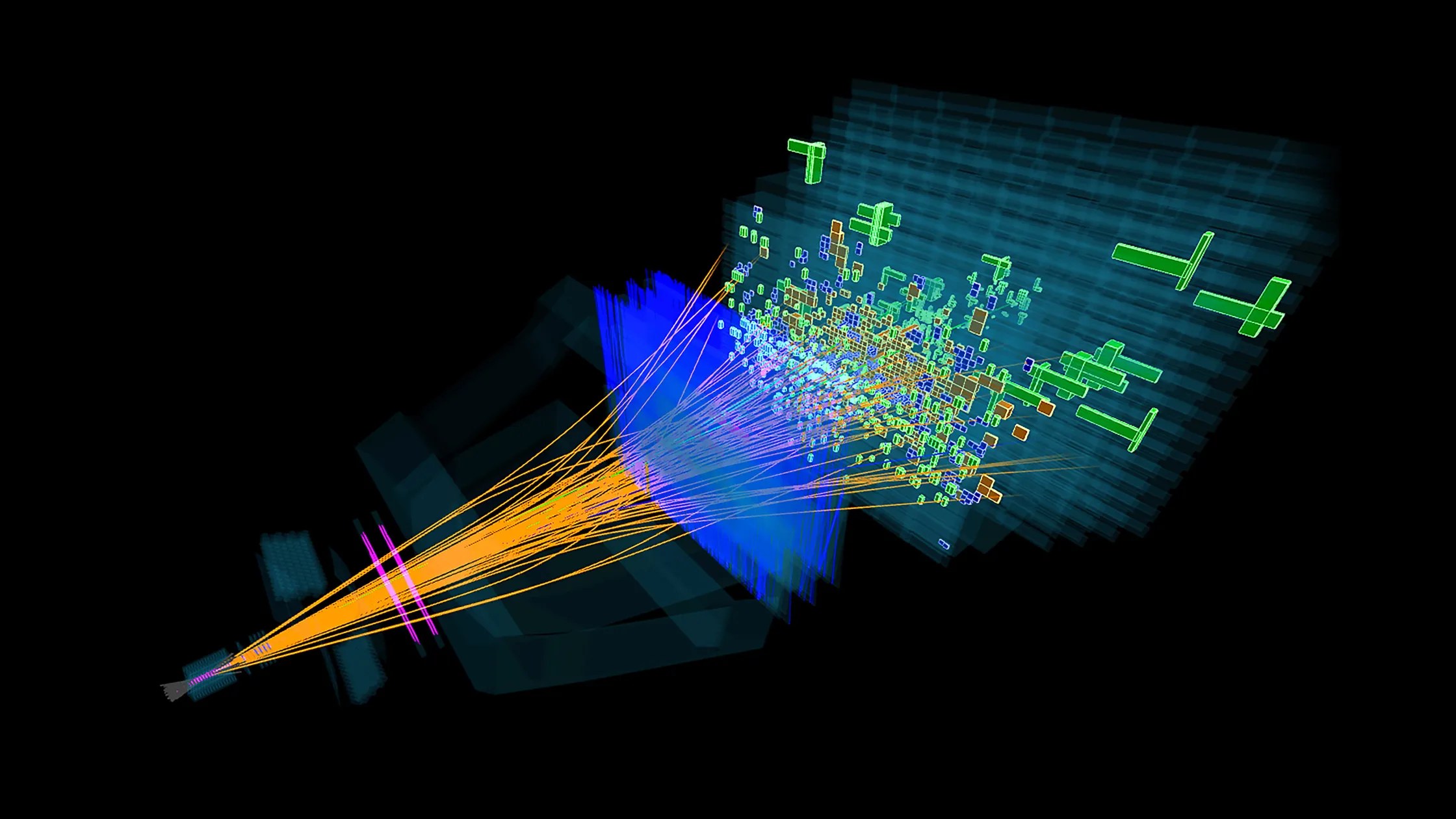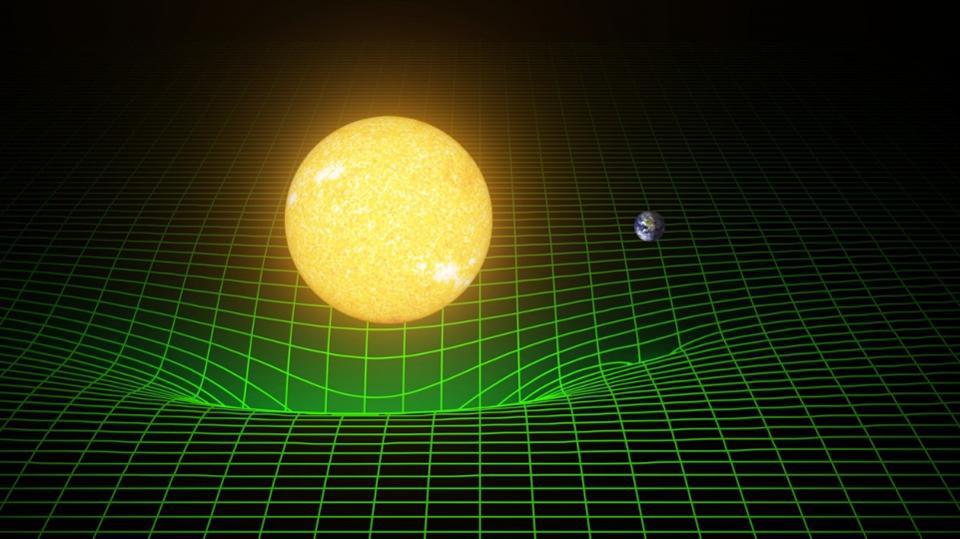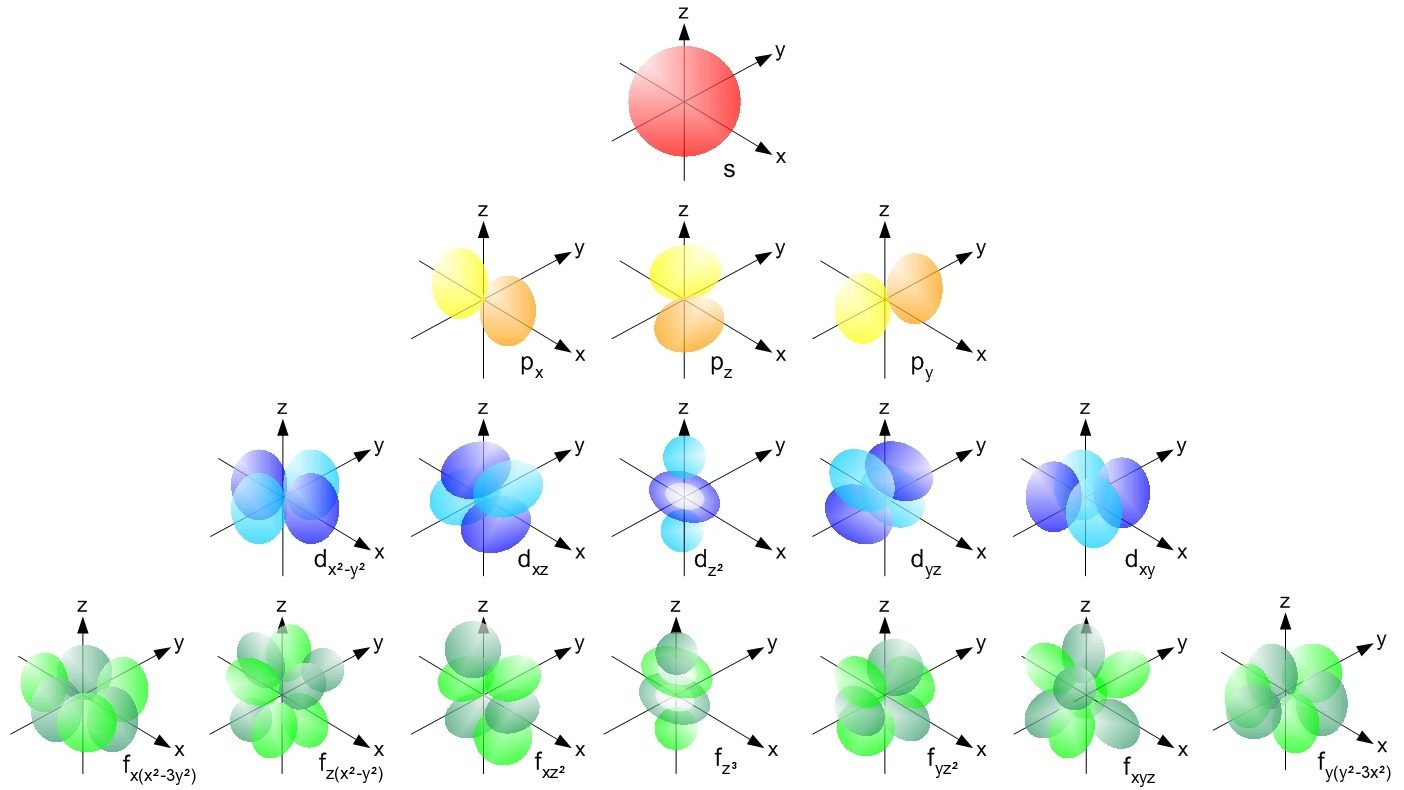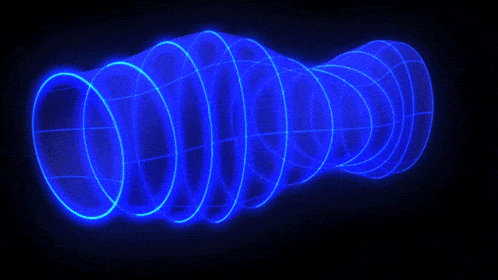When time almost stopped

There is an Anglican monastery, Society of St. John the Evangelist, on the banks of the Charles River in Cambridge, Massachusetts, a short walk from my office.
Connor arrived, as well as everyone else, and we began. The fast, coffee-fueled pace I entered the room with was suddenly arrested by the slowest, quietest service I had ever participated in. The two sides of the room recited a Psalm responsively: one side first, and then the other. This is standard liturgical fare, but this time the period of time which passed between the call and response was very long. Mere seconds, of course, but they felt like hours. All within the span of a half-hour as measured by my watch and the busy clocks of the Boston metro area outside, time seemed within that quiet space to come to a crawl.
Of course, the passage of time in that room ran more or less the same as it does anywhere else on Earth, but for me as a physicist, the whole experience made me reflect on the phenomenon of time dilation.
Before Einstein, most everyone assumed that time and space were the static, rigid backdrop to reality—rulers would always measure the same lengths and clocks would always measure the same intervals, regardless of where you were in the universe or how you were moving. In the late nineteenth century, experiments revealed that the speed of light is the same regardless of one’s frame of reference. This is an extremely counterintuitive idea. If a really good major league pitcher throws a 90 mph fastball forward from a car moving at 70 mph, from the perspective of observers in the car it is a 90 mph fastball, but someone on the side of the road would observe a 160 mph fastball. (Somehow I don’t think pitchers will adopt this strategy for guaranteed strikeouts, however). But if one shined a flashlight out in front of the car instead, the light would be observed to have the same speed for both people in the car and on the side of the road.
Newtonian problems
A similar effect is caused by differences in a gravitational field. An observer watching someone fall into a strong gravitational field, such as that produced by a black hole, would see that any clocks that person carried with them would run progressively slower and slower the closer they got to the hole, while the freely falling observer would not notice anything unusual (until, of course, they got too close to the center of the black hole!). In our daily experience, where gravitational forces are small and velocities are slow compared to the speed of light, these effects are imperceptible, but they have been measured by very accurate clocks in fast-moving airplanes high above the Earth’s surface, and the accuracy of our global positioning systems depends on taking these effects into account.
I probably will never perceptibly experience physical time dilation in my lifetime. But that day at the monastery, when I was racing as fast as I could to keep up with the pace of modern life, I stepped into the sanctuary and entered the massive gravitational pull of the God of the universe, and time suddenly slowed down for me.
It has often been said that one of the purposes of the Christian liturgy is to enter into a different “time.” This was always just a nice idea for me until that day. Not only was it of spiritual benefit, but it gave me insight into what physical time dilation would be like.
As a Christian and a scientist, I have become accustomed to how the natural world teaches me things about God. But I never expected that it could work the other way around.
The post When Time Almost Stopped appeared first on ORBITER.
